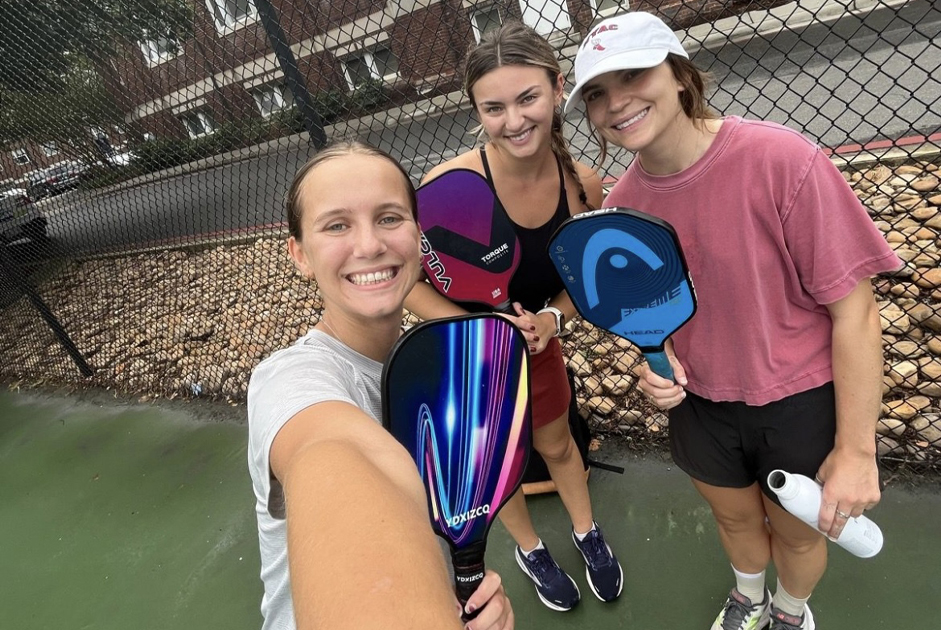Persuasive speaking, and techniques, apply to all fields and careers, as well as life. I think some people think that the skillset in persuasive speaking is only helpful to people in sales or marketing, maybe in small businesses or larger corporations. Persuasion is simply getting people to do or believe something. You might want to convince people to care about a cause, do an action that helps the safety and well-being of others, or change a current behavior. This applies to all careers and paths, so building your persuasion skills is something to do now, versus waiting for when you need it. Here are a few tips for tapping into the power of persuasion:
Understand influencers
We are all influenced by something – a study out of CCL, the Center for Creative Leadership, talks about the three main influencers: head, hands, and heart. If you’re influenced by “head,” you need logic, facts, figures – all of those provable and hard details that can be studied and quoted. Maybe it’s something like “94% of all people” or “17 out of 20 individuals” – those statistics are critical for action. If you’re influenced by “hands,” you need collective action. Think “we’re all in this together,” and group think. We can all accomplish this together if we work together. If “heart” influences you, you’re likely moved by emotional stories and connections. That “sob story” probably gets you to donate money or commit to a cause.
Understanding how you are influenced as well as which influencers you use are key to building your skills in persuasion. If you have a specific area that you excel in, use that to convince others. You can also consider how others are influenced, and tap into those areas when you’re looking to change a thought or an action. Beyond that, making sure your argument and action connects with a few different kinds of influences – say you are trying to get folks signed on for a cause. You might want to tap head and heart for a wider reach.
Understand wants
Thinking about your audience is critical – what do they want and what do you want? You might be able to clearly define what you want out of a moment or from an audience. That’s only one side! Think about that other side – what does your audience want out of the situation? How can you make their life easier or better through what you’re asking for?
Meeting in the middle is just that – figuring out what you want and being able to explicitly say it – and then doing the same for what your audience wants. After you’ve got those two wants identified, tap into the middle. How can you both get a good outcome? How can you align the two wants and lean into that future, and use it in your argument?
Build empathy
The idea of empathy gets tossed around too often. By understanding how to see things on the other side and truly connect with it, you’re practicing empathy.
When you think of being persuasive, we usually don’t think about the other side. We think about what we want and the action we’re leaning into. Think about why the people you’re trying to persuade haven’t taken that action or belief on. Is there something standing in the way, a reason why they aren’t agreeing with it already, especially if it’s something that feels very helpful or natural? Addressing that block first might be a great strategy moving forward.
In addition to understanding the block, by practicing empathy you’re able to see what the audience finds important. This is critical to understanding those influencers! Have they been led by facts up to this point, and are you trying to convince them with an emotional story? That might not work as well as a story with facts sprinkled in. Remember, it’s not just about you and your wants.


















